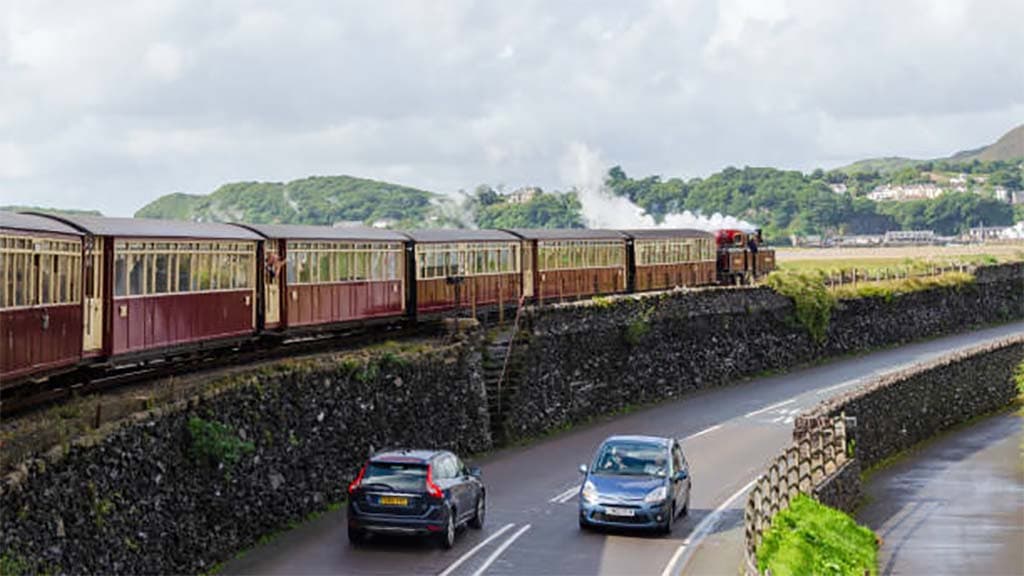The allure of the open road has captivated writers and readers alike for centuries, offering a canvas upon which the human experience is painted in vivid detail. Automotive journeys in literature are not merely a mode of transport; they are a vehicle for exploration, both literal and metaphorical. Through the winding paths and sprawling highways that characters traverse, authors delve into themes of freedom, discovery, and the quest for identity. These narratives provide a rich tableau for examining the human condition, as each journey unfolds against the backdrop of changing landscapes and evolving personal insights.
The Symbolism of Roads and Vehicles in Storytelling
Roads and vehicles are laden with symbolism in literature, serving as metaphors for life’s journey, personal transformation, and the passage of time. The road itself can represent the choices we face, the opportunities we seize, and the challenges we overcome. Vehicles, from the humble carriage to the modern automobile, symbolize humanity’s ingenuity, the desire for progress, and the complexities of our relationship with technology. Together, they craft a narrative of movement and change, propelling characters towards their destinies while reflecting on the societal shifts that influence our collective journey.
Character Development Through the Lens of Travel
Travel by automotive means offers a unique lens through which character development is keenly observed. As characters navigate unfamiliar territories, they encounter challenges and revelations that shape their identities. The journey acts as a catalyst for growth, compelling characters to confront their fears, reassess their values, and forge new connections. This transformative process is mirrored in the landscapes they traverse, each mile marking a step towards self-discovery and a deeper understanding of the human spirit.
The Setting as a Character: Landscapes and Narratives
In the realm of literary landscapes, the setting transcends its traditional role, becoming a character in its own right. The environment reflects and influences the emotional state of the characters, with each terrain embodying a different facet of the narrative. Mountains, deserts, and rivers are not just backdrops but active participants in the story, offering obstacles, solace, or inspiration. The interplay between the characters and their surroundings enriches the narrative, imbuing it with a sense of place and grounding the emotional journey in tangible reality.
Historical Perspectives on Automotive Journeys in Literature
The integration of automotive journeys in literature has evolved alongside advancements in transportation technology. From the early days of horse-drawn carriages to the advent of the automobile, each era has brought new dimensions to storytelling. Historical narratives often reflect the societal attitudes towards mobility and progress, capturing the excitement of new discoveries and the anxieties of an ever-changing world. Through these stories, we gain insight into the past, understanding how the journeys undertaken by characters mirror the cultural and technological shifts of their times.
Modern Narratives and the Evolution of the Road Trip Theme
Modern literature has embraced the road trip theme, reflecting contemporary concerns and aspirations. The open road serves as a backdrop for exploring issues of identity, belonging, and the search for meaning in an increasingly fragmented world. These narratives often challenge traditional norms and celebrate the spirit of adventure, highlighting the transformative power of travel. The road trip has become a metaphor for the journey of life, with all its unpredictability, challenges, and moments of beauty.

The Impact of Automotive Technology on Literary Themes
As automotive technology advances, so too does its impact on literary themes. The shift towards electric vehicles and autonomous cars introduces new questions about autonomy, sustainability, and the human relationship with technology. These developments provide fertile ground for storytelling, inviting writers to explore the implications of technological change on society and the individual. In the context of automotive innovations, discussions about the best shocks for ford f150 4×4 offer a glimpse into the practical considerations of travel, which you can read about in another of our articles.
Conclusion: The Journey Ahead for Literary Landscapes
The intersection of automotive journeys and literature continues to offer rich terrain for exploration. As we navigate the roads of our own lives, the stories of those who journey before us serve as a compass, guiding us through the complexities of the human experience. These narratives illuminate the ways in which travel, whether powered by steam, gasoline, or electricity, shapes our understanding of ourselves and the world around us. They remind us that the journey is as important as the destination, with each turn in the road offering new insights and opportunities for growth.
As we look to the future, the evolution of automotive journeys in literature promises to mirror the technological and social changes of our times. The stories we tell about travel will continue to evolve, reflecting our hopes, fears, and dreams. They will challenge us to consider the impact of our movement through the world, not only on our personal narratives but on the environment and society at large. The road stretches out before us, an endless source of inspiration and discovery, inviting us to consider not just where we are going, but who we will become along the way.



